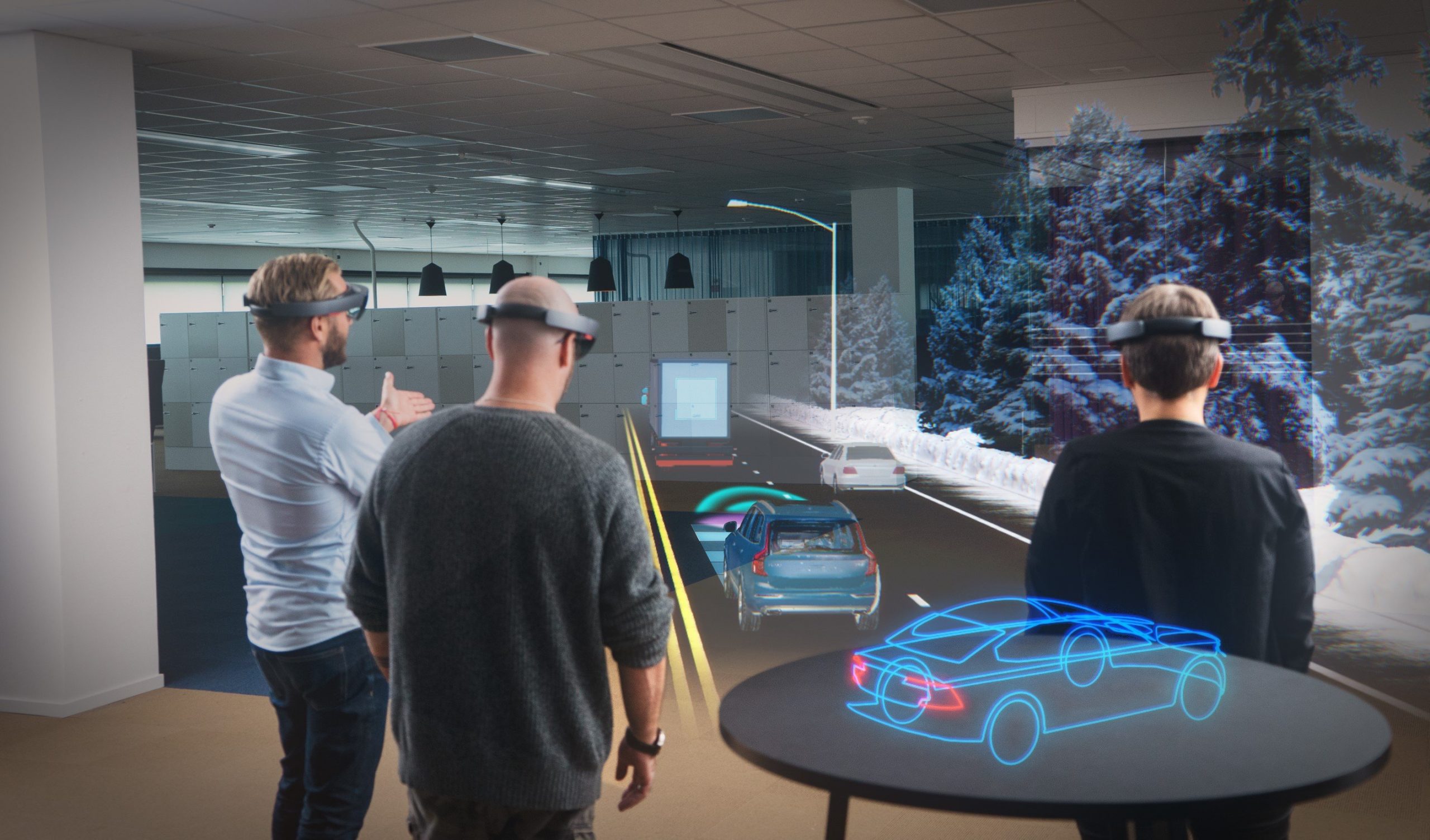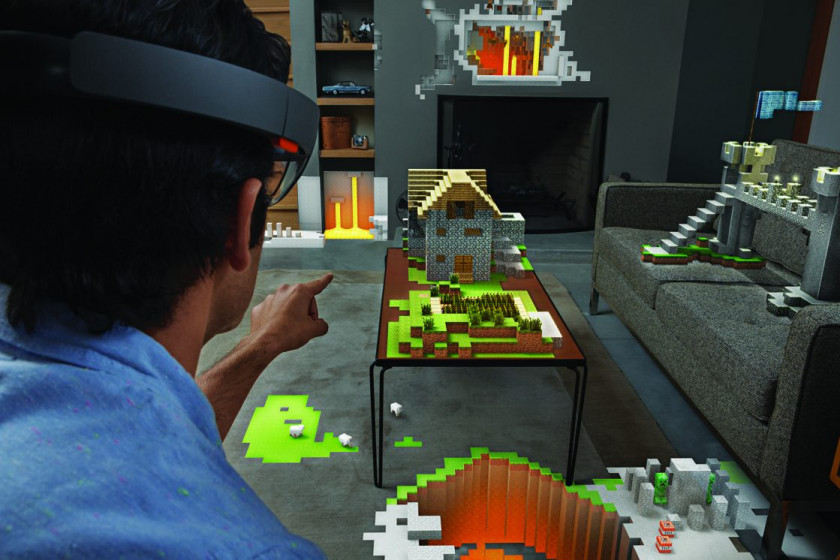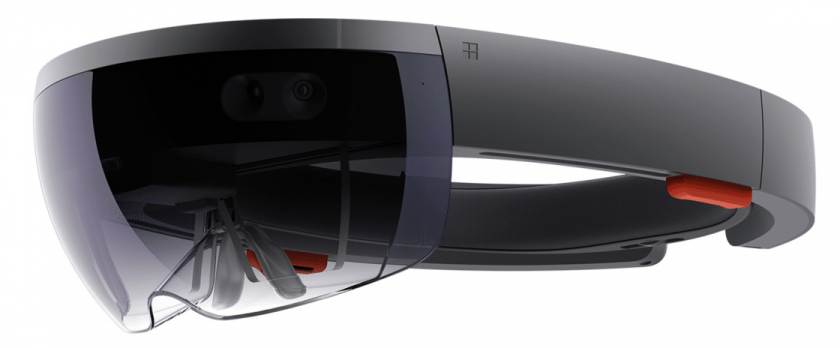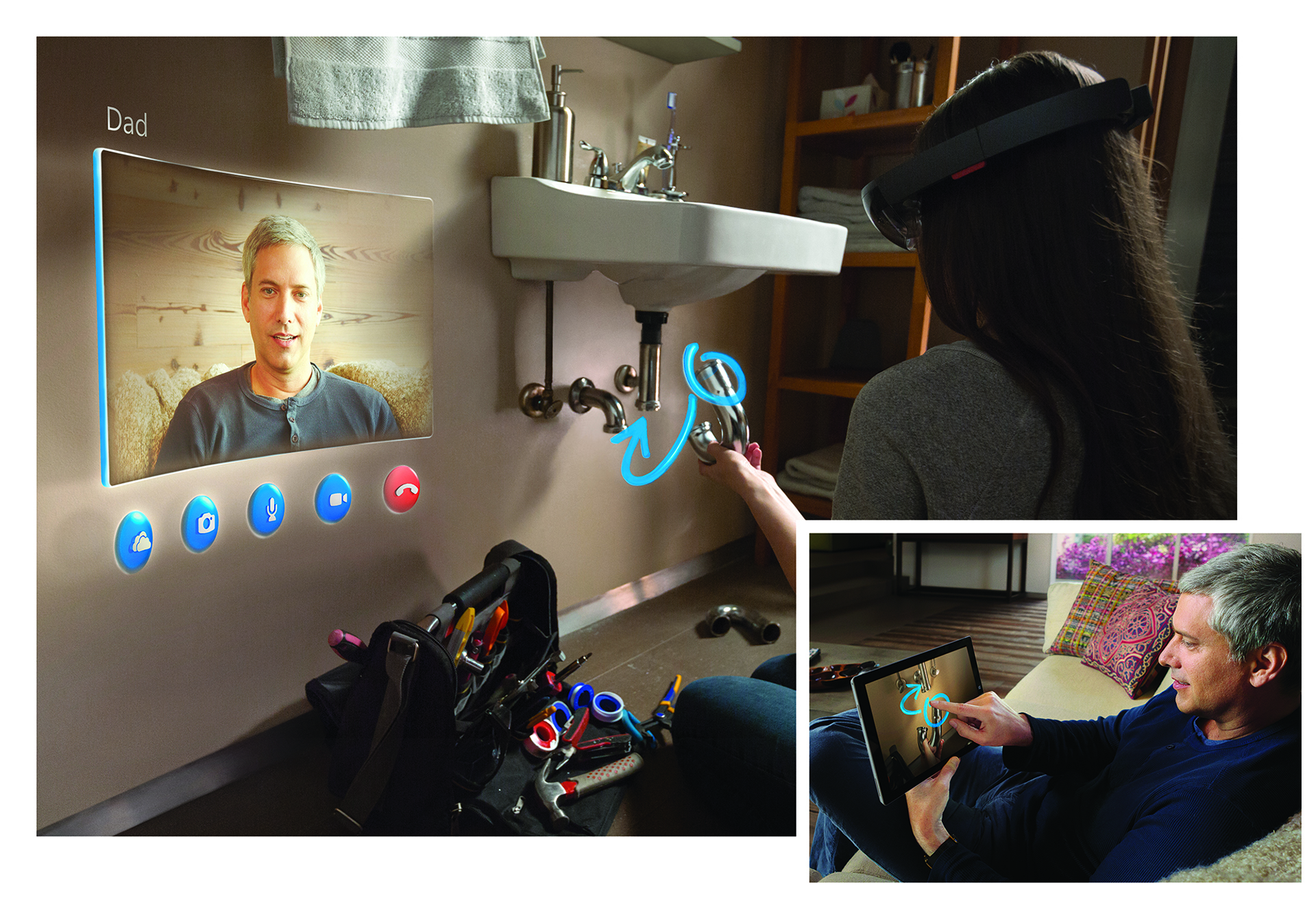It happens to every one of us. Whether it’s a dead turn signal bulb in your car, a lock that needs replacing, or a blown fuse. Things break. But not every one of us knows how to mend them, even if it only requires the most basic set of tools.
In this case, you’d typically ask your partner, parent, friend or a neighbor for a favor, but it isn’t always possible. And raise your hand if you ever felt ashamed to call a repairman just to fix some minor stuff like that.
If only someone could see through your eyes and instruct you on the go…
Luckily, Microsoft claims to have developed a solution for that. It’s called HoloLens.
Virtual World Meets Reality. Again
You have probably heard about Virtual Reality (VR), and possibly about Augmented Reality (AR) too. Now, Microsoft wants you to meet Mixed Reality (MR). The new solution for bringing virtuality into our world.
But how is it different from VR and AR? Let’s compare the three.
VR is the most widespread technology of them all. In the vast majority of instances, it utilizes head-mounted devices, like Oculus Rift, to display virtual images. What’s characteristic for VR is the full immersion.
The images displayed in Virtual Reality can (but don’t have to) simulate the real world. Users can move and interact with presented objects, but all their actions occur in the virtual world, and once they put their goggles on, they’re pretty much cut off from reality.
Here is how VR gaming looks like:
AR, on the other hand, is the least immersive of the three. You can explore Augmented Reality with just your smartphone. In AR, virtual objects are projected onto the real world, but they can only be seen with the device. You can’t really interact with those objects.
Take a look how IKEA took advantage of the technology with their AR-based IKEA PLACE app:
Now, to the newest technology of the three. Mixed Reality can be called a combination of VR and AR, as it blends virtual world with the real one.
Like it is the case with AR, in Mixed Reality images are projected onto the real world. But unlike AR, they can be interacted with. This, however, comes at the price of wearing a head-mounted device.
The most popular device for Mixed Reality is…you guessed it, Microsoft HoloLens.



